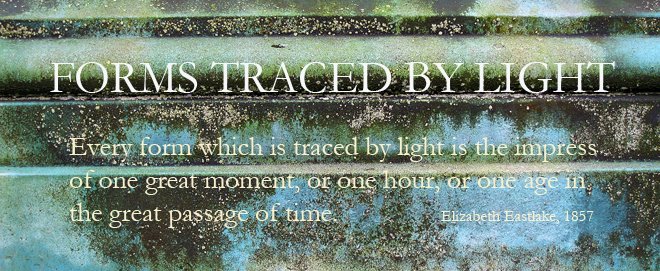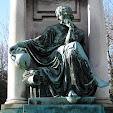Ah, there are, indeed, compensations for traveling on NJT. Not many, but this woman's hair was one of them (and her fingernails - not shown - alternately deep red and royal blue). Of course, it would have been lovely to have taken a less grainy portrait of her, but such is the reality of sneaking images on one's iPhone. This came at the end of a fascinating day reading a periodical from the late 1930s called - yes! - Flash (I've been waiting to get my hands on this for a long time). Unfortunately the NYPL run isn't complete, but I saw enough to make me want to see more. It was a photo news magazine aimed at the African American community - very much at the Talented Tenth - indeed, a lot of it consists of graduation photographs of traditional Black colleges, and of society weddings, and balls and dinners, and bridge parties, and fashion. But then there's showbiz, and sport, and articles of social concern, whether these are about lynching, or police shootings of young Black men in DC, or about workers on the railroad, or about the rural poor, using FSA photographs. Some of these are by white photographers - I traced a couple, through their locations, in the FSA archives, and they were taken by Arthur Rothstein in Alabama - but overall, almost all the photographs are by major African American photographers of the time - Teenie Harrie, Morgan and Marvin Smith, Larry Grymes, the Scurlocks, and so on. I knew Robert McNeill had taken photos for the magazine - that was how I'd heard of it in the first place - but here were a whole lot more, with the preponderance of indoor settings demanding that they use flash.
And the interesting thing - or one interesting thing - about that? With the exception of some carefully posed showbiz shots (which in fact probably used studio lights rather than flash), the tendency of this technology was, in these news photos, not to profit (as many photographers, black and white, have subsequently done) on the aesthetic potential of a dark skin, but was to bleach their subjects. Flash, in other words, serves as a skin lightener in these images. Those who get closest to the photographer may look unnaturally whitened by the bright light, their faces deprived of texture and detail. But, unmistakably, they look as white skinned as they possibly could.
It's a good job that I was completely absorbed by this, because NYPL was very, very cold (presumably to deter people from coming in there to keep warm). Outside, I just wished that I was 8 again, and could buy a furry animal hat to keep my head and ears warm ...




No comments:
Post a Comment